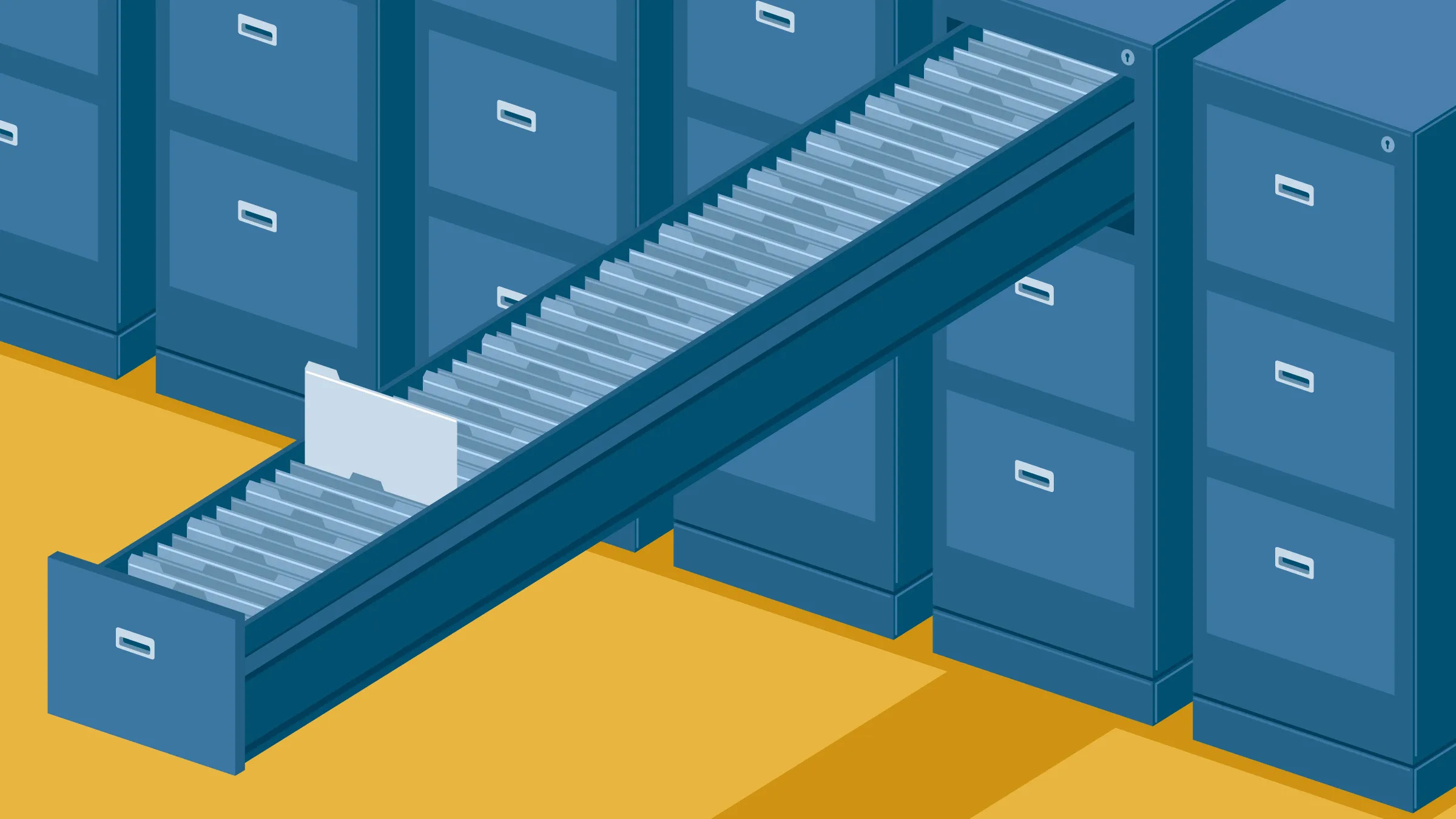
What Are The Advantage And Drawbacks Of Using SFX Archives
Self-extracting archives work by giving the end-user the proper instructions for extracting executable files without having to install any software. This has the following advantages over non-self-extracting archives:
Content and extraction software is passed as atomic information. To get the content, the end-user only needs to run a simple subset of instructions through a minimal user interface that requires little or no feedback instead of installing and learning how to use a complete general-purpose tool. Software for managing archives
There are some problems with self-extracting archives:
Since the extraction module is built into the archive, it adds a lot of extra space (usually 10s or 100s of KB), which is a big problem for small archives.
The SFX archive can only be run on platforms that can run the SFX module. It can still be used as a standard archive on other media if the right software is installed. Since the self-extracting archive is an executable file, some file-sharing platforms, such as cloud service providers and e-mail servers, may consider it a security risk and block the file, preventing it from reaching its intended end-users.
How to make 7Z or ARC files that open themselves
To make an SFX archive with ZipRar, choose the files and folders you want to archive and click "Add" on the screen for making the archive.
Zipcar can make self-extracting 7Z files or self-extracting archives in ARC format. You can choose supported SFX formats directly from the archive format dropdown menu by selecting "Self-extracting 7Z" or "Self-extracting ARC."
You can choose one of the available alternative SFX modules on the "Advanced" tab of the archive creation screen. This binary routine will be embedded in the archive and will handle extracting the content on the recipient's machine without the need for extra software.
Advice on how to use solid mode data compression in the best way
What is a solid archive?
A solid compression is an option meant to improve the data compression ratio by giving the compression algorithm a bigger picture. It creates multiple files as a single block instead of as separate things.
Solid compression is based on simple and practical ideas:
When similar files, like those with the same type or extension, or even different versions of the same file, are treated as a single solid block, it is easier to find duplicate data between them. This helps the compression algorithm improve the efficiency of compressed data representations, which is better than treating each file separately.
Solid compression is beneficial for archives with multiple copies of the same file or very similar files.
When many small files are prepared as a single solid block, overhead content (marker of file start/end, checksum, table of content) is written only once instead of once per file, saving extra bytes of space for each input object. This is a double benefit when compressing many small files, which generally don't give enough information to optimize compression and will add multiple pieces of overhead content to the output archive.
Solid mode is built into some archive formats, like 7Z and RAR, and is an option in the PeaZip file compression utility. It can be selected in the "advanced options" tab of the "add to archive" screen.
Compressed TAR files (TAR.GZ, TAR.ZST, TAR.BR, TAR.BZ2, TGZ, TXZ, etc.) use a type of solid compression: the data is first put into a single container, the uncompressed tar archive, and then the tar file is compressed as a single block, for example with the GZip, Brotli, BZip2, LMZA,m, or Zstandard algorithm.
The main problems with compressing data well are:
Some operations are slower because they need to know about the context during both compression and extraction to keep the benefits of solid compression. So, partial, selective extraction (a single file or group of files instead of the whole archive) from a solid archive, adding or deleting files to an existing archive, or updating existing files in an archive, takes more time on a solid archive because all the relevant context data (usually called "solid blocks") must be parsed. This makes the process much slower than adding or extracting data from a non-solid archive, making solid archives less simple and slower.
For the same reason, damage to data in any part of the archive can make all the content after that point unusable because it doesn't have the context information needed to extract it. On the other hand, data corruption in a non-solid archive usually only affects the data of a single file. Solid archives are less resistant to support/transmission failures and are more likely to be severely damaged by even minor data loss/corruption.
How the size of the solid block affects the compression ratio
To compensate for these problems, the 7Z format lets you set the block size to be used for solid mode operation (the "window" of data context parsed by the compression/extraction algorithm). This makes the drawbacks less severe in terms of the time it takes to extract the data and the damage that could be done if the data becomes corrupted.
But for the same reason, reducing the size of solid blocks reduces the benefits and compression ratio improvements that could be made, giving the compressor algorithm a smaller context window in which to work.
So, the right balance should be found between the amount of compression, the ability to recover from data corruption, and how easy it is to update.
